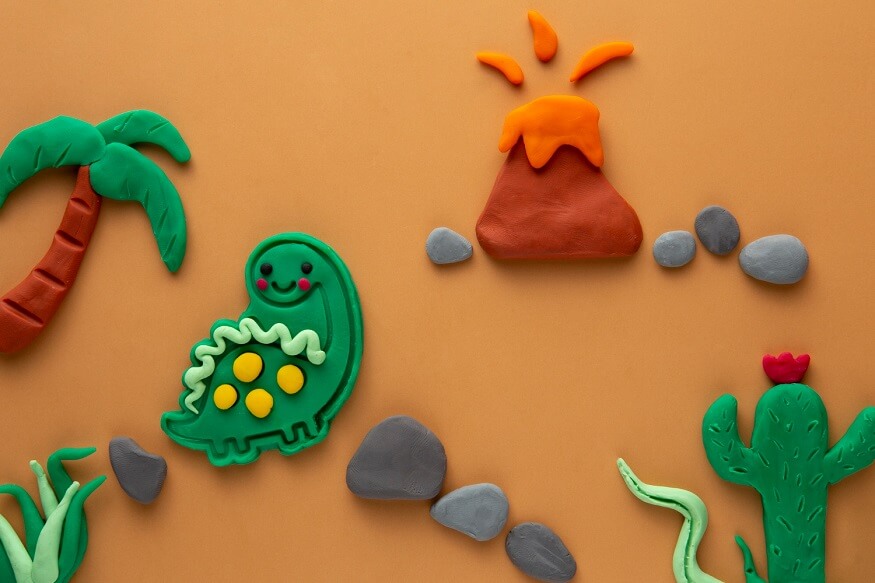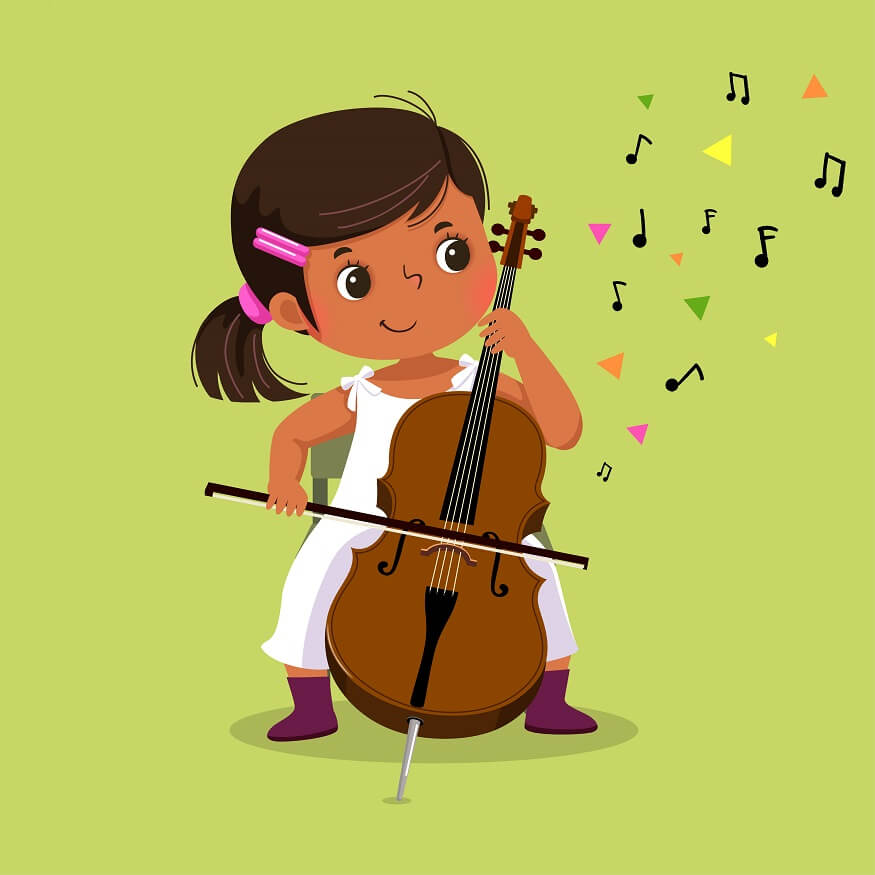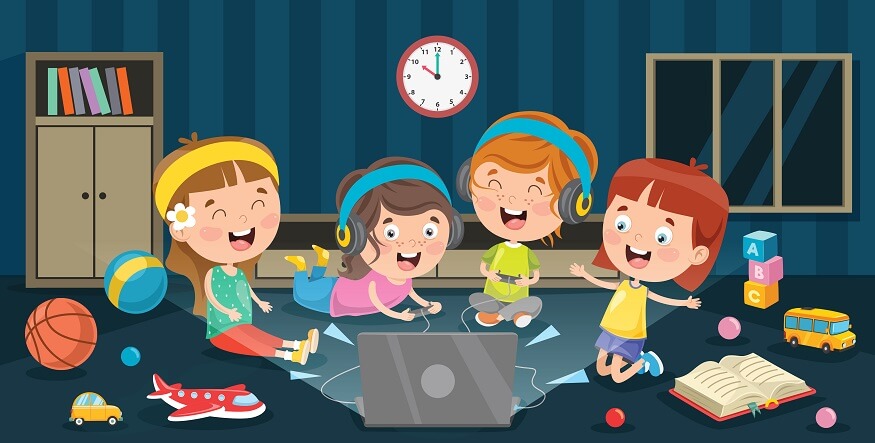Have you heard of clay modelling art? Well, today we will discuss clay modelling or modelling compound, which is a group of malleable substances used in building and sculpting. The compositions and production processes of the materials vary considerably. Franz Kolb, the owner of a pharmacy in Munich, Germany, invented modelling clay. He created an oil-based modelling clay in the year 1880.
Clay modelling is the most recognized form of sculpting clay. The creation of a three-dimensional art piece typically uses some specific types of clay, such as plastilina, which is an oil-based clay, self-hardening clay, ceramic and pottery clay, wax, and other polymer-based materials.
What is clay modelling?
So, one may ask, what is in clay modelling for kids? Modelling clay is a term used for a group of malleable products used in sculpting by children, art students, and professionals, including potters and animators as well. All of these mentioned above can be shaped and worked with different tools for blending, sculpting, thinning, texturing, poking, scraping, and cutting.
Air, kaolinite (also known as talc), and water are the main components of hardening clay, combined with minor ingredients such as calcium carbonate, iron oxide, propylene glycol, and preservatives. Wet clay modelling comprises clay, silica, and other fluxes.
So now that we know what clay modelling is, let us look at clay modelling art and the uses of clay modelling. Among the uses of playing with clay it improves the hand-eye coordination skills. Hand-eye coordination is a neurological process where the eyes provide input to guide the hands in performing any task.
Clay modelling for kids should be an encouragement for trial and error because it helps develop fine motor skills and teaches children creativity. It is a great way to encourage play-based learning and is a great way for parents to bond with kids.
Also Read | Innovative project ideas for class 6 students
Many people ask what clay art is. The art of moulding clay into different shapes to make illustrations, ceramics, jewelry, is called clay art, which is also known as clay modelling. The list of things that can be made of clay is endless. Many enthusiastic artists are motivated to practice clay pottery and jewelry making; however clay illustrators are relatively uncommon till this day. Earthenware, stoneware, porcelain, and ball clay are the four main types of clay used in clay art and pottery. The art of clay, or clay modelling, involves moulding clay into different shapes to make demonstrations, such as ceramics, jewelry, and so much more.
People often ask why introducing clay modelling to kids is necessary. There are several known benefits of clay modelling for kids, some of which are: It helps to develop coordination and motor skills, it builds both gross and fine motor skills, and it also helps to improve eye-hand coordination, which includes the small muscles in hands and fingers. Clay modelling helps with dexterity and provides significant benefits for children as they learn to colour, cut, and write in a school environment.
Kids who need more challenges to keep them busy may find clay modelling an excellent choice, especially for older kids who have a knack for sculpting. Modelling clay is also an excellent sensory tool that can enhance your child’s sense of touch, sight, smell, along with coordination skills, motor skills, dexterity, and so much more.
Clay modelling is one way to develop fine motor skills. It not only caters to the needs of pre-writing skills but also smoothens the wrist and the finger muscles, preparing them for the formal writing to come ahead. This activity benefits in developing a child’s social, cognitive, creative, aesthetic, and problem-solving skills.
The five uses of clay are making cooking pots, bricks, dishware, art objects, and even musical instruments such as the ocarina. Clay is also used in many industrial processes, such as making paper, the production of cement, pottery, and even chemical filtering.
Mentioned below are types of clay modelling:
While we know that there are several types of modelling clay – ceramic clay, oil-based clay, polymer clay, and paper clay. When working with pottery and making ceramics, one would generally think of ceramic clay. Manufacturers utilize clay minerals, a water base, and various other raw materials to make it.
Clay is an earthy material that feels soft and loose. The particles it contains have a grain size of less than 4 micrometers, and they form as a result of the weathering and erosion of rocks containing the mineral group feldspar, also known as the ‘mother of clay.’ This process takes place over vast spans of time.
Mentioned below are some clay modelling tools.
Clay, knives, pins, needles, pencils and even toothbrushes are just some of the basic clay sculpting tools. And additionally there are more pottery tools such as:
- Pottery Tool Sets.
- Wood and Plastic Modelling Tools.
- Needle and Sgraffito Tools.
- Pottery Ribs and Scrapers.
- Clay and Color Shapers.
- Clay Molds and Texture Tools.
- Loop and Ribbon Tools.
- Clay Cutters and Trimming Tools.
- Silicone Tools.
- Skewers.
Stylus, also known as a ball-tool, is a metal rod with a small ball end. Toothbrushes are often used to add and soften clay textures. All of these tools help to carve and are a great addition for sculpting projects.
Parents and kids should together work on these creative projects to build confidence and develop a better relationship as well. There are several courses available online to choose what suits you best. There are books as well as places where one can enroll themselves to learn pottery and clay modelling. Clay modelling for kids is a great addition as an extracurricular activity, and clay modelling art has recently picked up its pace amongst other creative activities for kids.
Also Read: What are Motor Skills and Why is it Important?
So, now that we know what clay modelling is, we must encourage our kids to choose it as a form of creative activity. Here at EuroSchool, we teach our students the value of extracurricular activities and encourage them to choose more creative activities that will help them build up their skills and boost their development positively. We help parents choose what is best for their children; we ensure children understand and make the choicest decisions that add value in building their cognitive and motor skills.










